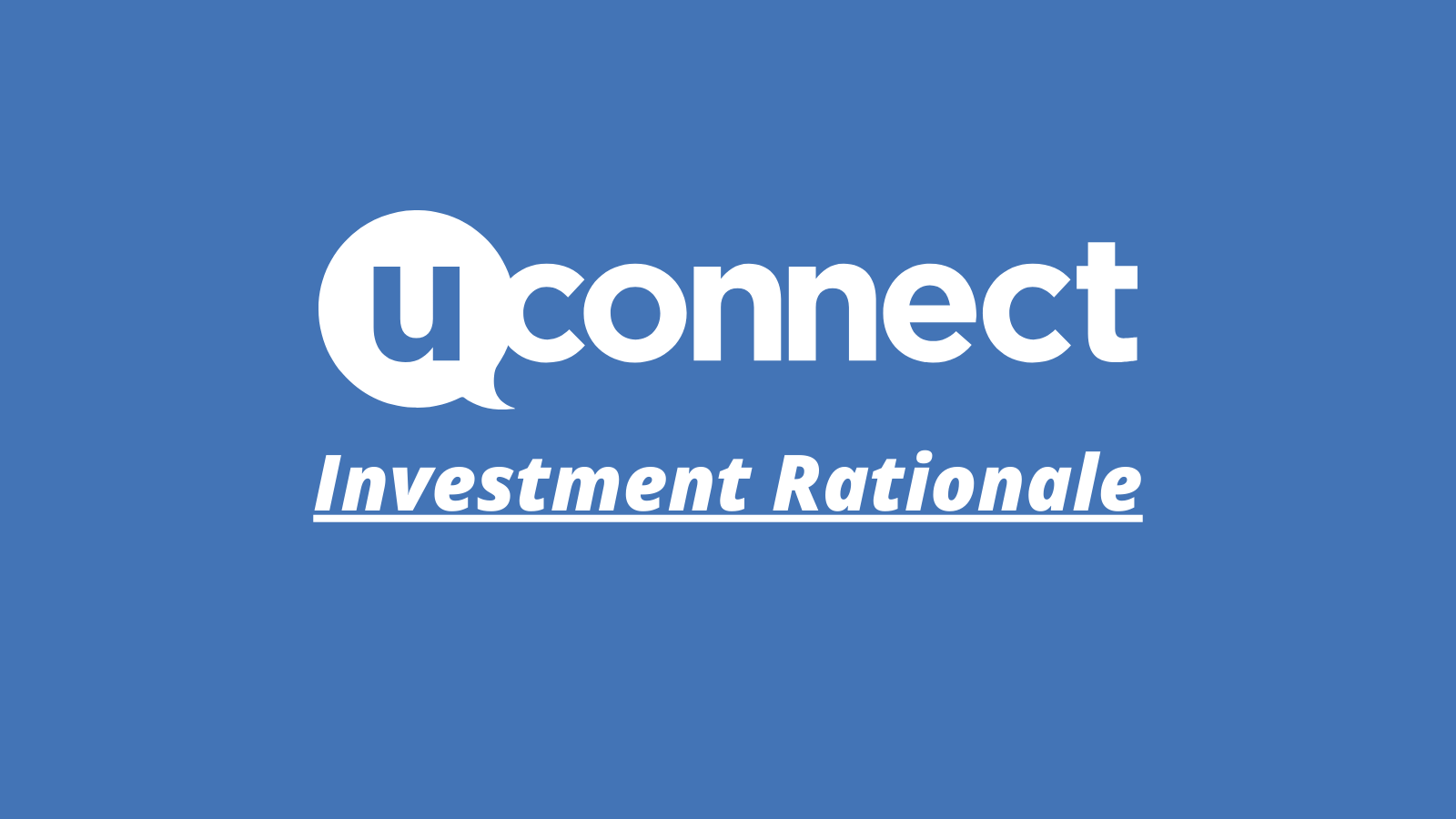Throughout the COVID-19 pandemic the importance and fragility of supply chains has been clearly illustrated. For a variety of reasons stemming from the pandemic, prices across industries skyrocketed and product releases were delayed due to shortages. With the increased digitization of everything from cars to washing machines, supply chains for electronic components were some of the most-watched. Large electronics manufacturers spend hundreds of millions of dollars each on electronics components, and every year billions of dollars are needlessly lost as an industry — not only to supply chain interruptions, but to unoptimized procurement. York IE is excited to announce our latest investment, Lytica, has a new SaaS platform, SupplyLens Pro, that arms electronics manufacturers with data, insights and analytics to improve their procurement strategies and avoid these pitfalls.
Lytica was founded as a consultancy in 2005 by Ken Bradley, the former manager of a multi-billion dollar budget as chief procurement officer of Nortel. Bradley used his extensive supply chain experience to serve as an outsourced master negotiator for his clients and in the process developed an algorithm to determine the price a company should pay based on their market competitiveness. Bradley realized that the price a company receives from a supplier is based on more than just the volume of the order, but on a multitude of variables such as payment terms, geography and negotiation skill. This insight was a core differentiator for Lytica and is one of the foundational elements of the SaaS platform.
Over time, as Lytica accumulated data from each of its clients, the company transitioned from a services business to an analytics vendor providing insights and recommendations to procurement teams. Understanding that the database and analytics capabilities possessed by the business were primed for SaaS, Bradley decided to bring in expertise to guide Lytica through its transformation into a platform company and beyond.
Martin Sendyk joined Lytica as president and CEO in early 2020 after having spent over four years as the chief product officer of Assent Compliance, an Ottawa-based SaaS platform for supply chain data management that has raised $183 million in venture capital. Sendyk brings a wealth of SaaS and management expertise to Lytica after his time at Assent Compliance and also having served as senior vice president of products and solutions at Irdeto, an entity of Naspers, and as president and CEO of Ambercore Software, a big data solutions provider. During York IE’s diligence, Sendyk’s leadership was clearly evident across all functions of the business and in the company’s progress towards the SaaS business model.
With Bradley serving as chairman and CTO and Sendyk leading the business as president and CEO, the Lytica leadership team has an impressive combination of domain expertise and operational experience. Bradley and Sendyk are supported by a highly educated team (over 80% of team members have technical degrees, and more than 50% of the research and development team possess post-graduate degrees) that has been receiving SaaS training in their respective fields. The York IE team believes Lytica is now well-positioned to execute across product and go-to-market initiatives and build the next great SaaS business in Ottawa.
Sendyk likes to say, “The electronic components supply chain is the least transparent commodity market on earth.” This is primarily due to the fact that no purchaser has any insight into the prices their competitors and peers are paying for the same components. They can only rely on their own internal data and the relationships their purchasers build throughout their careers. This tribal knowledge creates a significant blindspot in one of the most important functions of their business. Lytica’s platform is based on the only independent database trusted with millions of actual component prices paid by real companies. By providing analytics on top of this database, Lytica is able to help customers achieve better prices that are more aligned with their competitiveness level.
Lytica’s SaaS platform, SupplyLens Pro, was launched in mid-2020 and is currently composed of three modules: Spend Benchmarking, Price Estimator and Lytica University. The platform provides customers with the data, insights and analysis needed to improve procurement and build better and more resilient supply chains. Lytica uses its own data (who is paying what for what) in tandem with third-party data, and also integrates with customers’ metrics and management systems to bring transparency to supply chains.
Spend Benchmarking, the flagship module, is a dashboard based on a customer’s bill of materials that shows insights and analytics, such as a customer’s overall competitiveness, number of single source parts, end of life parts, total number of manufacturers, target savings, duplication savings, arbitrage savings, total savings and manufacturer rankings. Customers can click down into individual commodities, parts and manufacturers to get a deeper look into their supply chain. They can also look at their competitiveness level broken down by region, commodity, etc. In short, Spend Benchmarking explains to a customer where they stand relative to others in the industry.
Price Estimator is an application to assist hardware designers, component engineers and purchasing. It enables product teams to estimate the price of components required for potential new products and plan accordingly. Price Estimator also empowers users with up-to-date risk intelligence such as manufacturer part number (MPN) breadth, manufacturer breadth, due diligence, MPN concentration and lifecycle. It is important to note that while both of these modules are clearly focused on the price a manufacturer should receive, geography and international events are also included in the algorithms being used. This helps build resiliency into the supply chain by giving Lytica customers a true understanding of what their supply chain and costs will look like based on a multitude of factors.
Lytica University is an educational platform for customers that provides content and training on procurement best practices and the SupplyLens Pro platform. Through videos, blogs, white papers and webinars, employees at Lytica’s customers can learn from the extensive supply chain knowledge possessed by the Lytica team. They can also receive training on the platform that will even go as far as helping them uncover specific insights for their employer. In modern SaaS parlance, Lytica University is helping the company build community and playing a role in customer success — both vital functions in the current SaaS ecosystem.
While it is always helpful for a business to have more insight into its operations, what really matters is the benefits driven by those insights. This is where Lytica really shines. Lytica’s customers’ average savings equate to approximately 10% of their total spend, which is significant dollar savings when considering the fact that the average large electronics manufacturer spends between $100 and $200 million per year on electronic components. Lytica helps customers obtain these savings with large strategic insights, such as whether they are paying the appropriate price based on their purchasing power, or more granular details like identifying duplicate parts that are being purchased at different prices. These insights all bring more transparency to the market and internal procurement process, enabling Lytica customers to receive better prices with lower overhead.
Lytica is not resting on its laurels, either. The company is executing on a robust product roadmap to provide even more value to customers. Lytica is working on new plugins that will help its customers create a more holistic supply chain improvement program and are more targeted at the C-suite. Every new plugin will be focused on either reducing costs or vulnerabilities in a customer’s supply chain.
Considering how many different products rely on electronic components, it should be no surprise that Lytica and York IE believe the company has a large market opportunity in front of it. The company believes there to be a $20 billion analytics market feeding the approximately $600 billion electronics industry. While Lytica’s multi-module platform and potential market pricing changes make it difficult to perform bottom-up market analysis, another way to view it is from the potential industry savings the platform could generate. With a $600 billion (and growing) industry and average savings of Lytica’s customers equaling about 10%, the company could save the industry $60 billion with its Spend Benchmarking plugin alone. As more modules are released in 2021, customer savings, supply chain resilience, and Lytica account size should all increase.
Lytica will face competition in this market, but the York IE team has strong conviction that its offering is significantly differentiated from alternative solutions because of its unique database and value-add analytics. The fact that Lytica is the world’s only provider of firsthand data of what companies are actually paying for their electronic components cannot be understated. The two main types of competition are from point solutions and suppliers with list pricing. Additionally, consultants are often used in this space and can be viewed competitively even though they are not offering a customer-facing software platform.
The supply chain has always been an integral part of any product business, and this has been epitomized by events ranging from pandemic shutdowns to the Suez Canal blockage. York IE is excited to partner with a company that will bring transparency to the electronics components industry and help manufacturers achieve their best price along with confidence in their supply chains.


